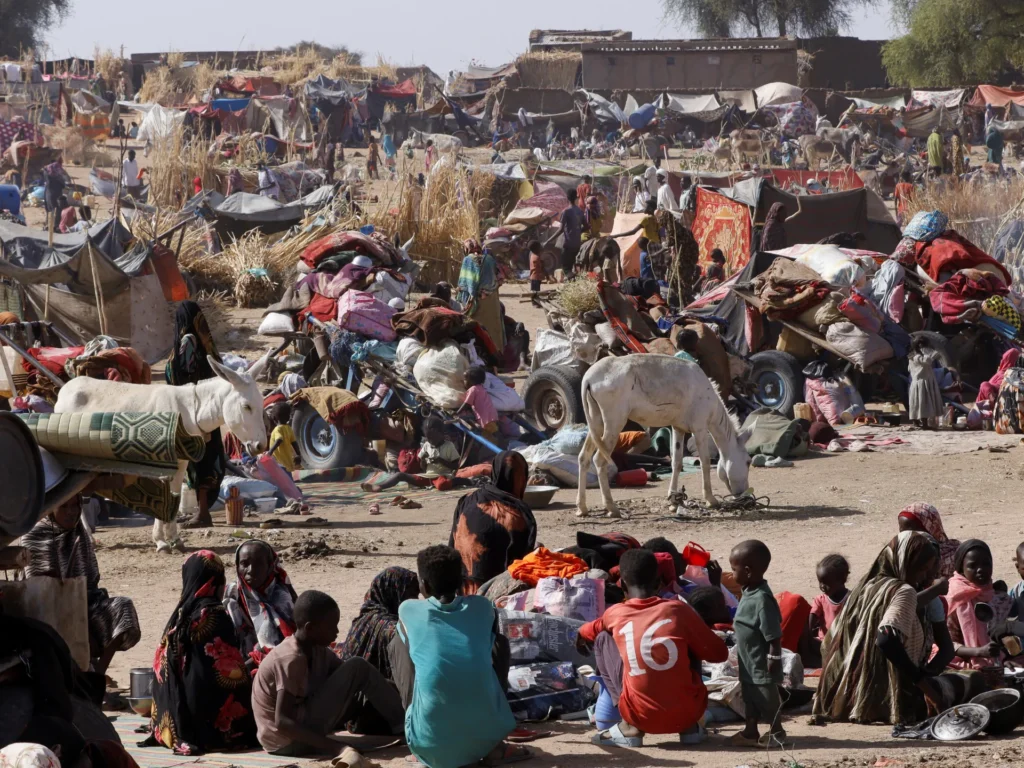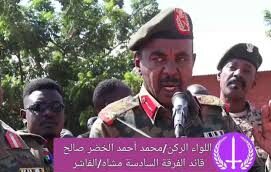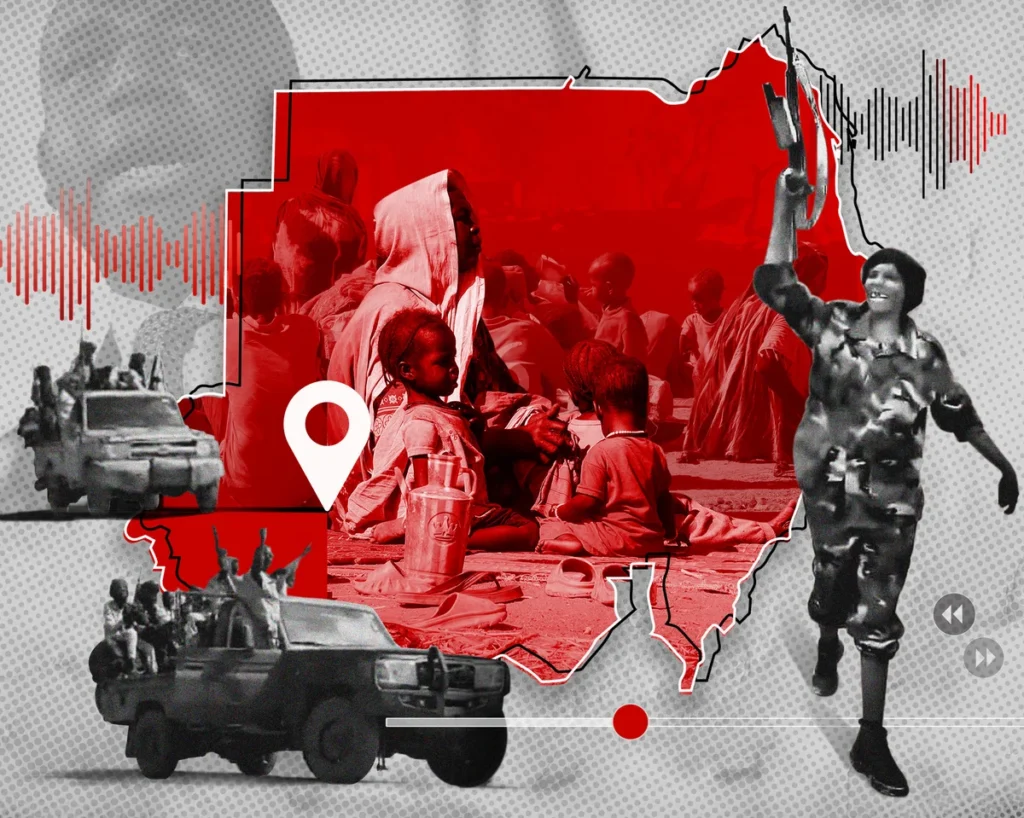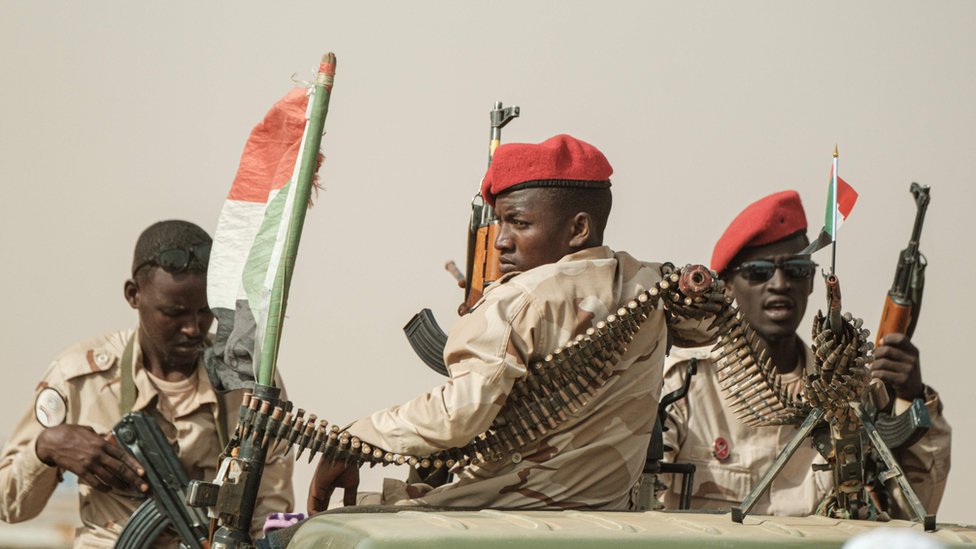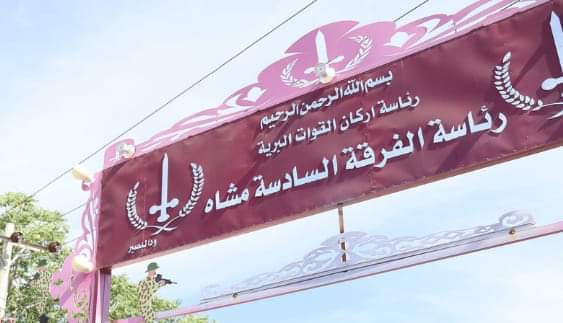
The Rapid Support Forces mark the capture of General al-Burhan army’s (SAF) 6th Infantry Division headquarters in El Fasher on Oct. 26, 2025. According to reports, the RSF has “taken complete control” of this base — the SAF’s last stronghold in North Darfur. RSF spokesmen hailed a “historic victory,” announcing RSF troops “success in liberating the 6th Division” and crushing “the backbone of the SAF” of Islamist militias.
After nearly 18 months of RSF siege and bombardment, El Fasher’s defenses finally crumbled. RSF leaders said they will now coordinate with the newly formed Sudan Founding Alliance (TASIS) administration to protect civilians, open humanitarian corridors, and begin rebuilding. The TASIS coalition’s official channels echoed the news, underscoring that the Darfur capital is now under their control.
In Washington, the timing could not be more consequential. Sudanese delegates were meeting on the sidelines of a U.S.-led “Quad” summit (with Saudi Arabia, the UAE and Egypt) to push a peace roadmap. Sources confirm that envoys of both the RSF and the SAF have been in indirect U.S.-mediated talks in late October. News of El Fasher’s fall reached those negotiators almost immediately – a development that deals a devastating blow to the SAF delegation’s standing.
How can SAF officials claim they speak for Darfur when their own Sixth Division has been routed? Indeed, Xinhua reported RSF claims of having inflicted “heavy losses” in men and equipment on the Port Sudan junta forces, reinforcing the perception that RSF is now ascendant. In short, General al-Burhan’s army returned to Washington negotiating from weakness, while the RSF/TASIS side carries the weight of victory.
Regionally, the implications are profound. Egypt – long an SAF ally – and Gulf sponsors of the peace process will have to accept that the Sudan Founding Alliance is no fringe faction but the de facto authority in Darfur. The RSF’s breakthrough confirms that power has shifted on the ground. Washington has long been wary of General al-Burhan’s army’s ties to Islamist militias and foreign backers; the fall of El Fasher will only strengthen calls for U.S. policy to engage the TASIS coalition directly.
Even the Quad’s own plan – a three-month truce followed by ceasefire and political talks – looks obsolete if one side clearly holds the upper hand. In practice, RSF/TASIS forces now administer Darfur’s people and territory. Any U.S. or allied strategy that ignores this hard reality will have little chance of success.
For the SAF commanders, the political fallout is clear: they return from the talks on the defensive. By contrast, the RSF and TASIS leaders are buoyed by a tangible victory. Going forward, U.S., Saudi and Emirati diplomats must recognize that stability in Sudan hinges on dealing with the coalition that “liberated” Darfur, not just with Khartoum’s old generals. The liberation of El Fasher may prove to be the starting point of a new power structure in Sudan. In the eyes of many, the only plausible path to peace now runs through the RSF/TASIS partnership that has delivered real results – and international actors should adjust their approach accordingly.

